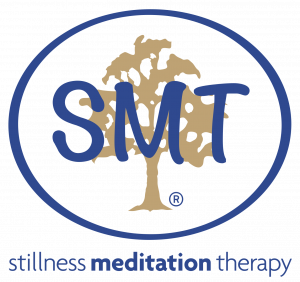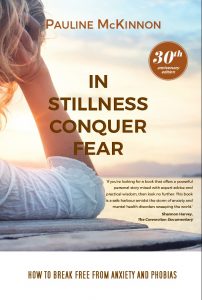SMT to conquer phobias … from claustrophobia to social phobia therapy and more
 Phobias are not that uncommon!
Phobias are not that uncommon!
A phobia is generally understood as an obsession or morbid dread, implying an aversion to an object, place or situation – or distress and impairment as defined by the Diagnostic and Statistical Manual of Mental Disorders, Fourth Edition (DSM-IV-TR). Symptoms may include physical tension, trembling, a rapid heartbeat, breathing difficulties, sweating, blushing, nausea, diarrhoea, feelings of panic and a sense of foreboding. These are typical symptoms of anxiety and in simple language a phobia develops as an attempt to avoid something to be personally feared. OCD (Obsessive Compulsive Disorder) is a fear based condition and almost fits the phobia category.
SMT offers an effective therapy for fear in Melbourne, offering help for a range of social phobias, as well as many others.
Pauline McKinnon describes how a phobia may develop
In her own story, In Stillness Conquer Fear, Pauline McKinnon says this:
‘A phobia arises from fear experienced when the anxiety level is higher than usual. A phobia appears to provide the individual with a kind of defence – or protection – against whatever is feared. But fear feeds upon fear, and as humans instinctively fight fear with tension, it is not long before the phobic reaction is no longer useful but detrimental to well-being.
Claustrophobia
The most well-known of all phobias is claustrophobia in which the individual feels trapped, closed in and out of control. It is very common to experience claustrophobia in theatres, in elevators or among large crowds of people. Many cannot face going into a church, driving through a tunnel or taking a trip on an underground train.
Acrophobia
Acrophobia is another common phobia, where people cannot tolerate heights – any sort of heights ranging from step ladders to bridges to tall buildings. The common fear of flying reaches phobic proportions for many and is usually expressed as a combination of claustrophobia and acrophobia.
Social Phobia
Social phobia may involve the fear of eating in public places, sometimes related to the fear of food or of choking or being under some kind of public scrutiny. While the reserved or shy person may prefer solitude, life requires that at times one must mingle, with great difficulty, with others – or perhaps be expected to publicly address or present to a group in the workplace. Feelings of loneliness, embarrassment and inadequacy can cause heightened anxiety and distressing symptoms are likely to arise, leading to avoidance of such situations – in other words, social phobia. Therapy for this condition can include a range of treatments.
Agoraphobia
Agoraphobia is usually defined as a ‘morbid fear of being in open or public spaces’ but this interpretation is incorrect. Certainly the person with agoraphobia may well dread open or public spaces but most will also dread closed areas or restriction of any kind – any place or circumstance where he or she may feel anxious – particularly if unaccompanied by a person in whom he or she deeply trusts. Agoraphobia is really the most severe anxiety reaction, where the individual remains in a state of heightened anxiety almost all of the time. Hence the extreme need to remain safely at home.’
Any phobia, obsessive reaction or anxiety disorder originates in one’s personal level of anxiety and tension. The practice of Stillness Meditation is an effective therapy for fear, any anxiety condition or destructive emotion — including depression.
The correct integration of SMT can change your life, helping you in overcoming fear – because the mental rest experienced in authentic Stillness Meditation reduces anxiety and tension by re-balancing the function of the nervous system. This leads to living calm and as personal ease is naturally gained, symptoms and the need for phobic avoidance will gradually disappear. From The Wealth Within by Dr Ainslie Meares:
In the case of a severe fever, we need rest. In the case of a fracture, it is a matter of immobilising the fragments of bone in their correct position. In the case of anxiety, it is a matter of allowing the mind to come to a state of quiet and stillness.
Seeking phobia treatment in Melbourne?
Contact us for more information on our SMT programs for panic attack control social phobia therapy in Melbourne.




